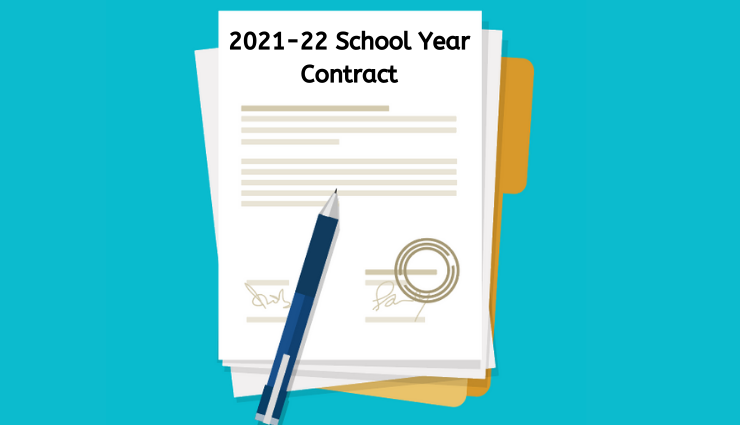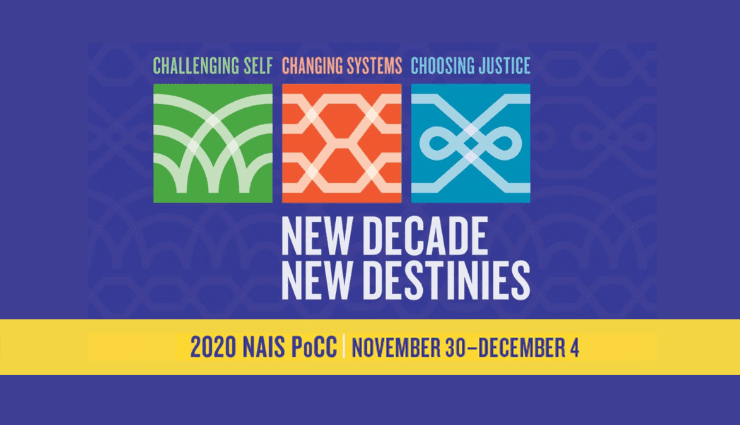The Purpose of Education?

In their recently published book, “The Elephant in the Brain: Hidden Motives in Everyday Life,” economist Robin Hanson and writer-programmer Kevin Simler want us to believe that formal education is nothing more than a form of social domestication. Their proof:
Children are expected to sit still for hours upon hours; to control their impulses; to focus on boring, repetitive tasks; to move from place to place when a bell rings; and even to ask for permission before going to the bathroom (think about that for a second). Teachers systematically reward children for being docile…. In effect, teachers reward discipline independent of its effect on learning, and in ways that tamp down on student creativity. Children are also trained to accept being measured, graded, and ranked, often in front of others. This enterprise, which typically lasts well over a decade, serves as a systematic exercise in human domestication.
We’ll admit that this describes some of our own experiences in school, and that there are plenty of schools today that tend to disengage students by focusing narrowly on test prep and order. Those who “succeed” in such a system may head to top colleges and well paying careers, but at best the effect of education in such instances is that students become, in the words of writer William Deresiewicz, “excellent sheep.”
All in all, this kind of schooling strikes us as a formula for eventual personal and social unrest.
Fortunately, we are also aware of schools that strive to make education as meaningful as possible for students. We work with many of these schools. They don’t often get the attention they deserve. So we were glad to receive an advance copy of another book on education, “Teaching for Purpose: Preparing Students for Lives of Meaning,” by Heather Malin, director of research at the Stanford University Center on Adolescence.
“Teaching for Purpose” aims to counteract the sort of education Hanson and Simler describe above. While it should be obvious that good schools would focus on purpose-driven programs, Malin encourages educators everywhere to dig deeper into the question of why we teach. What do we hope for our students? What motivates us? What is our purpose? And what are we doing in schools to achieve this purpose? Do our curricula align with our goals?
Individual teachers and schools will no doubt answer this question in various ways, but Malin encourages schools to consider focusing deliberately and consciously on helping students develop a sense of purpose — in school and life. Students driven by a sense of purpose, the research makes clear, are more engaged and committed to learning than those who feel as if school is simply asking them to jump through a series of disconnected academic hoops. And, by the way, this is particularly true in schools in high poverty areas.
“Teaching for Purpose” ties in well with many current conversations on the need to shift the focus in school toward a balance of social-emotional learning and academics. It is part of a growing library of education books that make it clear that quality schooling in the 21st century needs to consciously focus on life skills such as empathy, problem solving, creativity, collaboration, and communication. The difference is that “Teaching for Purpose” also wants us to activity help students connect these skills to their interests and concerns.
Malin, in other words, makes it clear that “purpose” should be more consciously woven into the curriculum — and offers insights into how to do this. Our job in schools, she argues, isn’t job or test prep or some other form of domestication; it’s to help each child engage in finding purpose in pursuit of meaning. This means we teach a broad range of academic and social-emotional skills as tools of meaning making. A lot of energy in schools lately has focused on instilling grit and a growth mindset in students — as a kind of substitute for purpose. But if we teach grit at all, it should not be so that students plow through hours of homework each night and calmly and politely race from class to class each day. It needs to be grit and growth in pursuit of personal and social goals.
Malin offers numerous examples of public and private schools that are offering or piloting purpose-driven programs. Many of them engage in project-based learning. In some instance, the students generate the curricular focus. In others, the schools have courses designed specifically to explore in age-appropriate ways individual purpose and social engagement (public purpose). In others, teachers find ways to connect conversations on purpose to the existing academic curriculum. A science course on the properties of water, for instance, can also examine questions of water pollution and access to drinking water and water for farming. It can look at political and power structures that prevent some people from gaining access to potable water.
We’ve been around the field of education long enough to know that trends come and go and come again. Malin underscores the reason purpose doesn’t take a central role in most schools today: “Over the decades and across the U.S., schools have been pushed toward a narrow vision of what it means to be educated and successful, a vision that sees students as future labor.” We’ve been witness to this narrowing down of education, driven by political and cultural pressures that we can only describe as misguided. But it feels as if we are moving back into an era in which we better connect learning to personal and social health — circling back, but improving upon, the education philosophies of folks such as John Dewey, William Kilpatrick, Marie Montessori, Ted Sizer, and others.
But we have to be attentive. There are plenty of schools that hold tight to the idea of education for higher ideals than employment. Independent schools are among them — focusing on intellectual and moral development for citizenship and personal fulfillment. “Teaching for Purpose” in many ways is an encouragement to such schools — and partly a warning. Even independent schools, with their lofty missions, can water down their ideals with the over-powering pressure to have children win the imagined game of academic dominance — admission to top colleges and universities — as the essential point of school.
A central feature of Malin’s book is the promise embedded in project-based learning programs. Well-constructed, purposeful projects are meaningful to students, inquiry driven, and sustained over time. They involve reflection and community-building, elevate social awareness, and create a mindset of high expectations. When done right, they are authentic in that they address real-world problems and have a positive impact on others.
Malin praises the student-centered Reggio Emilia schools; outlines project-based programs at the New Tech High Schools; and profiles purpose-driven programs such as Noble Impact and Project Wayfinder that any school can adopt. She also explores existing service-learning programs and how they can serve the same goals as project-based learning.
For educators, the chapter on “Purposeful Instruction” may be the most valuable. Here, Malin explores the complexities of being a project-based teacher — it’s not always easy and requires specific skills — while highlighting key research in support of such programs. The latter is particularly important for educators who feel the pressure to connect any new program to state and national standards.
All in all, there is much to consider here. As Malin writes:
Prioritizing purpose means raising expectations for all our children, but not in a narrow band of academic skill. Instead, we expect them to create nothing less than a life of purpose for themselves by developing their personal strengths and values, reflecting on what it means to be a good person, engaging deeply with challenging questions and problems in the world, and envisioning, planning for, and acting on a future that expresses their personal vision of success.
Sounds like a worthwhile goal to us.








